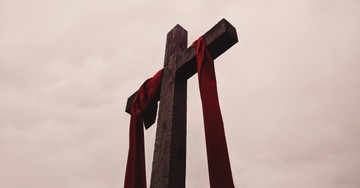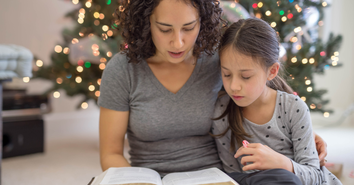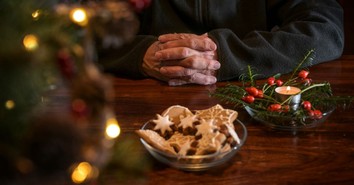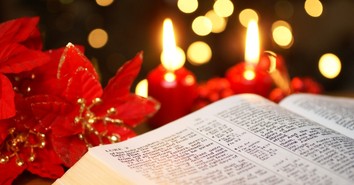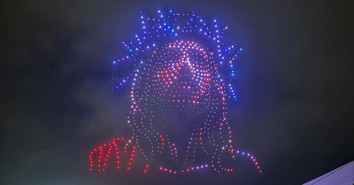Where Do Our Typical Easter Traditions Come From?

As Easter approaches and we prepare for celebration, you may begin to wonder why we observe or partake in some of the traditions that have become so commonplace.
Many of these traditions date back to the first Easter in remembrance, while some have been altered from Pagan spring rituals to represent Christian themes instead.
As you organize your upcoming Easter plans, the meaning behind these traditions can help them become richer in value and consideration. Here are 8 secular and Christian traditions and where they come from.
Photo Credit: ©GettyImages/evgenyatamanenko
1. Easter Egg Dyeing
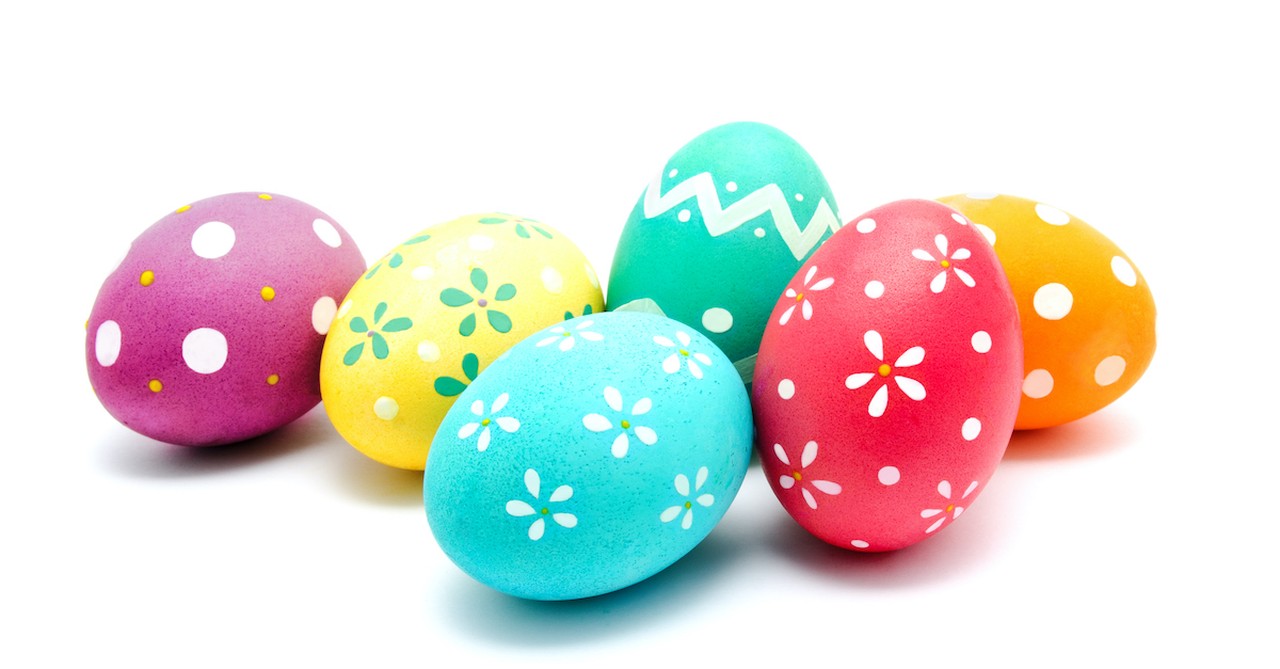
1. Easter Egg Dyeing
SLIDE 1 OF 4
For children, especially the coloring and dyeing of Easter eggs is one of the most recalled aspects of Easter weekend.
The eggs represent a new season, new life, or rebirth. Easter eggs find their root in Pagan Spring rituals as the Earth becomes lush and green again in the Spring, but Christians have brought the practice into Easter for a new approach.
The eggs represent Jesus emerging from the Tomb alive, and the egg is not a far stretch of life emerging.
During the 13th century, eggs were not a permitted food during the Lenten season, thus making eggs a celebratory reward at the end of the forty days. Consider this year as you dye Easter eggs discussing how through the Holy Spirit we are given new life and rebirth.
Consider also how dye colors can represent Holy colors. Purple is the color of royalty, red of the blood of Christ spilled for us, and green as restoration. As with all things Easter, we must keep our minds and hearts in remembering all Christ did for us.
2. Easter Bunny and Easter Baskets
Much like Easter eggs, the Easter bunny finds its roots in Pagan tradition.
A celebration of Spring was a typical practice for Pagan religions, and rabbits represent fertility as they typically reproduce in great number. As traditions changed and evolved with time the folklore of an Easter bunny tied in with Easter eggs and Easter baskets for children.
It can be a bit harder to find a stretch of how the Easter bunny can connect with the true story of Easter, but we can recall how God has made all animals big and small. We can remind our children how in the Garden of Eden God instructed Adam to name each of the animals, including rabbits.
It is also the duty of man to subdue the Earth, that includes being kind to animals big and small and respecting them. Hollow chocolate bunnies in baskets can also point to how the Tomb was empty that Sunday morning as Jesus kept His promise in rising again.
Photo Credit: ©SvitlanaMartyn
3. Easter Brunch and Ham

3. Easter Brunch and Ham
SLIDE 2 OF 4
Typically, families with gather at large at Christmas and at Easter, and where there are people food makes it a party. After Easter services brunch is a popular meal or a late lunch usually serving lamb or ham.
Lamb was the chosen main dish throughout Europe generally with connection that Jesus was the Spotless Sacrificial Lamb and the great reminder of such. In America, ham became popular due to pork’s ability to be salted, cured, and stored through the winter for Spring consumption.
What ham also signifies is how with the sacrifice Jesus made for His people on Earth a new covenant was established, making clean what was unclean.
In the Jewish tradition, pork was considered an unclean food, but in Acts 10 Peter is given a vision from God in which he is told, “The voice spoke to him a second time: “Do not call anything impure that God has made clean.” Enjoying a meal of ham reminds us that Christ has made us clean.
Hot cross buns are another aspect of the meal that have a cross on the top to signify the cross of Christ. Lastly, a time of prayer often occurs at an Easter brunch, connecting families more deeply than by blood, but by the Spirit of God.
4. Lent
The season of Lent begins forty days prior to Easter beginning on Ash Wednesday in preparation for Easter.
Ash Wednesday starts Lent traditionally with a service and a mark of ashes in the shape of a Cross on one’s forehead. Forty is a common number in the Bible used for increments of time for a certain period of preparation, a journey, or fasting.
Jesus retreated to the wilderness for forty days of fasting prior to His public ministry, Moses spent forty days on Mount Sinai with God, and Elijah spent forty days and nights walking to Mount Horeb. The number forty is also often connected with testing.
During Lent Christians often fast from something, be it a type of food, an activity, or a distraction in order to give that time in dedication to prayer and spending focus on God. This prepares our hearts prior to Easter and fastens our focus to Christ.
Photo Credit: ©iStock/Getty Images Plus/los_angela
5. Maundy Thursday Communion
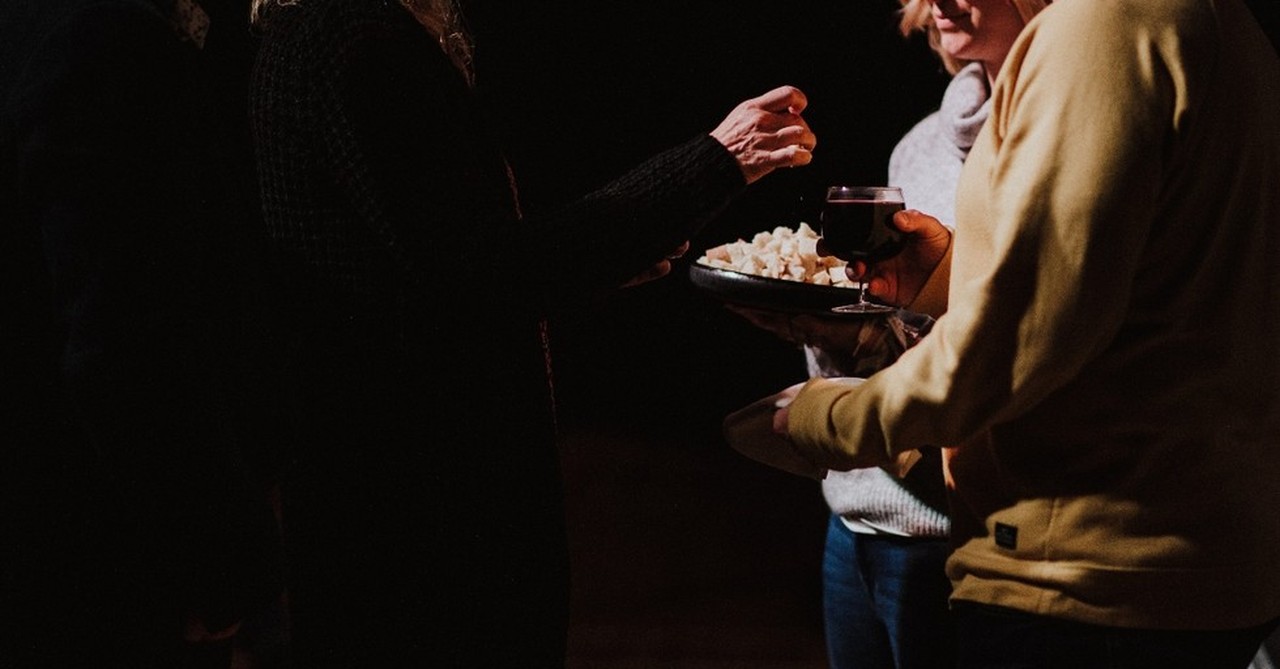
5. Maundy Thursday Communion
SLIDE 3 OF 4
Maundy Thursday comes the day before Good Friday and follows the tradition of taking communion.
Christ joined with His disciples the night before He was taken to be killed and it was there at the last supper that He broke the bread and poured the wine signifying what He was about to do.
Participating in this custom reminds us metaphorically through the taking of the bread and the wine of what Jesus actually did the next day.
Services will include a communion service, or you may participate intimately at home sharing, ““This is my body, which is for you; do this in remembrance of me.” In the same way, after supper he took the cup, saying, “This cup is the new covenant in my blood; do this, whenever you drink it, in remembrance of me.”
Whether carried out at church or among believers elsewhere, hold richly the importance of this day in the leading up to Easter.
6. Good Friday Service
Following Maundy Thursday comes Good Friday. The typical custom for this day may include a church service or the reading from the Gospels of the events after Jesus broke bread with His disciples in Communion.
A time of prayer recalling His prayer for unity among believers (John 17) in the Garden of Gethsemane is often observed, leading then to the retelling of the events of Jesus being taken by guards before Pilate and then horrifically beaten and crucified.
Good Friday is a dark and solemn part of the traditions of Easter, but it is vital to remember that in fact Jesus did die for mankind. John 19 shares of that day and the burden He undertook for us.
Additionally, it should be highlighted of the tearing of the curtain after Jesus took His final breath that Friday and the Earthquake that ensued in Matthew 27, “At that moment the curtain of the temple was torn in two from top to bottom. The earth shook, the rocks split.”
The curtain being torn was the physical representation of what Jesus had just done in removing the barrier between God and man. Let us observe Good Friday in remembrance of His sacrifice.
Photo Credit: ©Priscilla Du Preez
7. Sunrise Service
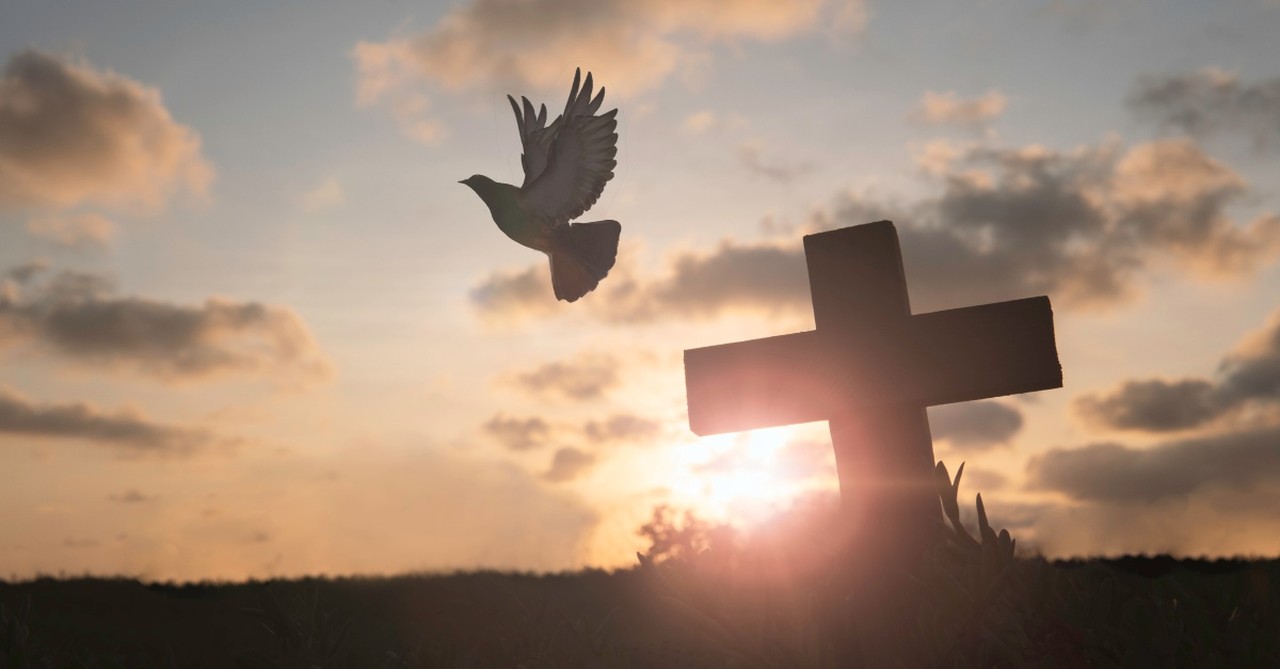
7. Sunrise Service
SLIDE 4 OF 4
Sunrise services are in connection with how it was discovered that in fact Jesus had kept His promise in rising again on the third day.
Matthew 28 explains, “After the Sabbath, at dawn on the first day of the week, Mary Magdalene and the other Mary went to look at the tomb. There was a violent earthquake, for an angel of the Lord came down from heaven and, going to the tomb, rolled back the stone and sat on it. His appearance was like lightning, and his clothes were white as snow. The guards were so afraid of him that they shook and became like dead men. The angel said to the women, “Do not be afraid, for I know that you are looking for Jesus, who was crucified. He is not here; he has risen, just as he said.”
Because of this joyous event at Dawn on the third day we now celebrate Easter with sunrise servic
es because in fact the Son did Rise.
8. Flowering of the Cross
Outside many churches on Easter Sunday it is common to decorate or adorn a Cross with flowers. This tradition signifies adorning what was once the marker of death as something beautifully transformed because of how Jesus kept His promise.
As you place flowers gently on the Cross consider the parts of your own life Jesus has redeemed and made beautiful. What things were once so awful, soiled, or painful that because of Christ are now redeemed and made new?
Continue this tradition with a heart of thankfulness of how Jesus can redeem even the worst of things.
A Call to Continue Traditions
Each year we carefully select what opportunities we will carry out at holidays.
Many new and family-specific traditions will join with, but consider these traditions of old and how we can point each of them towards Christ.
Share the meaning behind traditions with those you celebrate with and bring the center of the conversation towards remembering Christ and the great love He has for us.
Sources:
https://www.christianity.com/wiki/holidays/what-is-lent-meaning-history-tradition-lenten-season.html
https://www.christianity.com/christian-life/what-is-maundy-thursday-11628350.html
https://www.mentalfloss.com/article/94189/origins-11-easter-traditions
Photo Credit: ©Getty

Originally published April 11, 2022.



